The weirdest creatures that you probably never heard of
You maybe think that you’ve already seen all the incredible-looking creatures that exist around the world, if not live, then on TV. But, there are plenty of weird animals that you have never heard of because they are so rare and people rarely, if ever, mention them. If you are a person that likes strange and unusual things, then it’s time for you to learn something new about the weirdest inhabitants of our planet. Let’s get started!
Red-lipped batfish
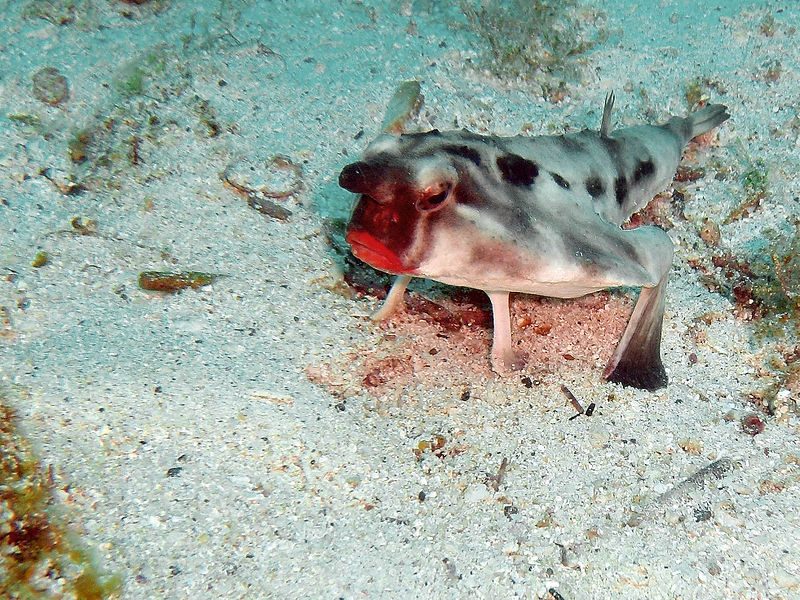
A bat-looking fish with red lipstick, does this sound like a cartoon character or not? Well, the red-lipped batfish is actually real and lives mostly around the Galapagos Islands and off the Peruvian coast. This fish is an extremely bad swimmer, and instead of swimming, it uses its pectoral fins to walk on the seabed. The red-lipped batfish feeds mostly on smaller fish.
On the top of the head, these red-lipped creatures have a long extension called an illicium, which is used for attracting their prey. There have been cases where a red-lipped batfish was spotted in fishing nets off California, but it happened only a few times, and was probably a different kind of batfish.
Goblin shark
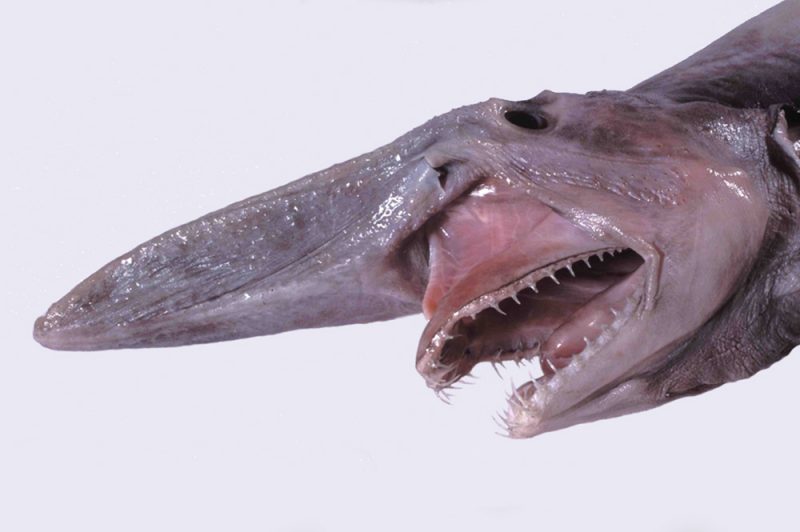
The Goblin shark is probably the weirdest looking shark that lives in deep waters. It’s often referred to as a living fossil because it comes from a family of sharks that dates from 125 million years ago. The Goblin shark lives at a depth of around 330 ft, and therefore are not dangerous to humans. It grows to about 10-13 feet in length, though it has been known to grow even longer. The shark has a long snout protruding from the forehead that looks like a blade. It has 35–53 upper and 31–62 lower teeth, and they all have different purposes. The Goblin shark feeds mostly on rattails and dragonfish.
Umbonia Spinosa
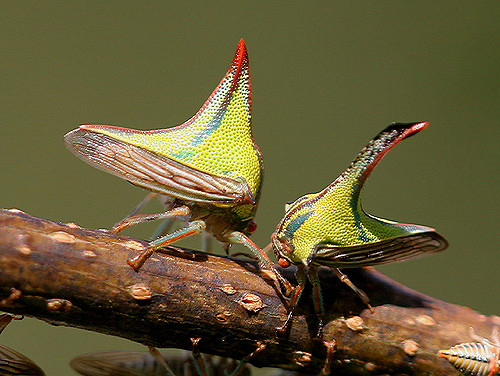
Umbonia Spinosa is another weird creature that you won’t see that often in real life. It’s also known as a treehopper. It has a big dorsal horn that serves to collect the sap from the trees which is U Spinosa’s main food source.
Lowland streaked tenrec
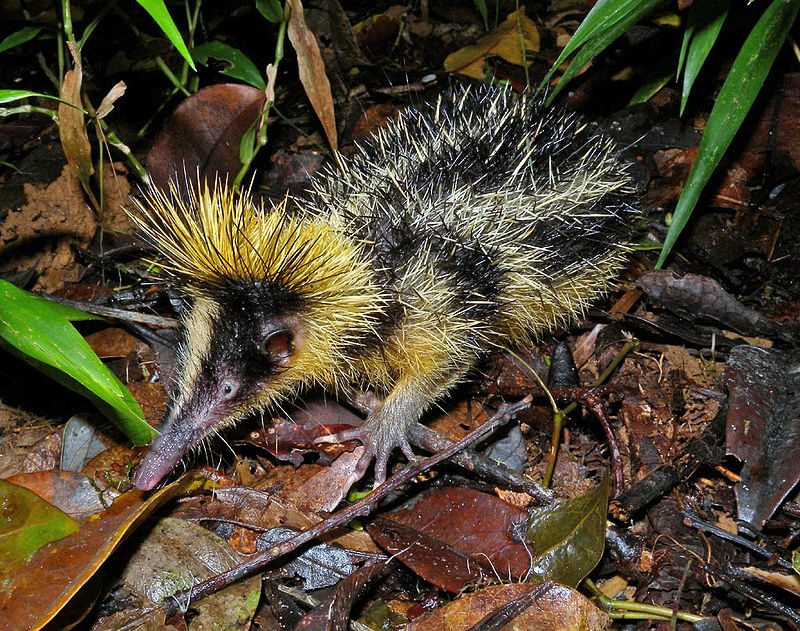
The lowland streaked tenrec is a tiny creature living in the northern and eastern parts of Madagascar. It weighs 7oz., is black and yellow, and it’s 5 to 6.5 inches long. Their snout is long which helps them to dig out their main food source, earthworms, easily. These tiny animals are active during the day and during the night, using their four paws to find food and catch their prey. Their breeding period is between October and December, depending on the temperature and food availability. The gestation period takes 58 days and the females give birth to 5 or 8 baby tenrecs. They live in groups in long, shallow burrows. The lowland streaked tenrec is the only mammal that uses stridulation to produce sound. Stridulation is a method of sound production common in insects, snakes, and spiders.
Glaucus Atlanticus
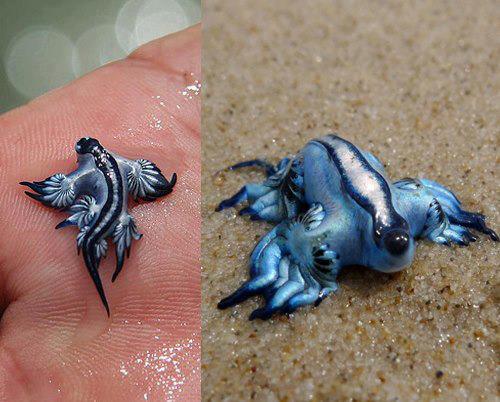
Among all the creatures that we’ve mentioned so far, this one is probably the best-looking one. Glaucus Atlanticus is a sea slug, also known as a blue angel or a blue dragon. It floats upside down using the currents of the ocean to move around. They feed on other pelagic creatures, and they have a venomous sting that can be painful and dangerous for humans. Glaucus Atlanticus is a tiny sea slug, only growing up to 1.2 inches. It lives in South Africa, Australia, and Mozambique.
As you can see, there are many rare and funny-looking creatures around the world that we never usually get to see. Some of them because they live in isolated environments that we can never visit, and others because they are roaming the ocean floor. But, if you ever manage to see one of these animals, take a photo. Good luck!
If you have any comments then please drop us a message on our Outdoor Revival Facebook page
If you have a good story to tell or blog let us know about it on our FB page, we’re also happy for article or review submissions, we’d love to hear from you.
We live in a beautiful world, get out there and enjoy it. Outdoor Revival – Reconnecting us all with the Outdoors.





